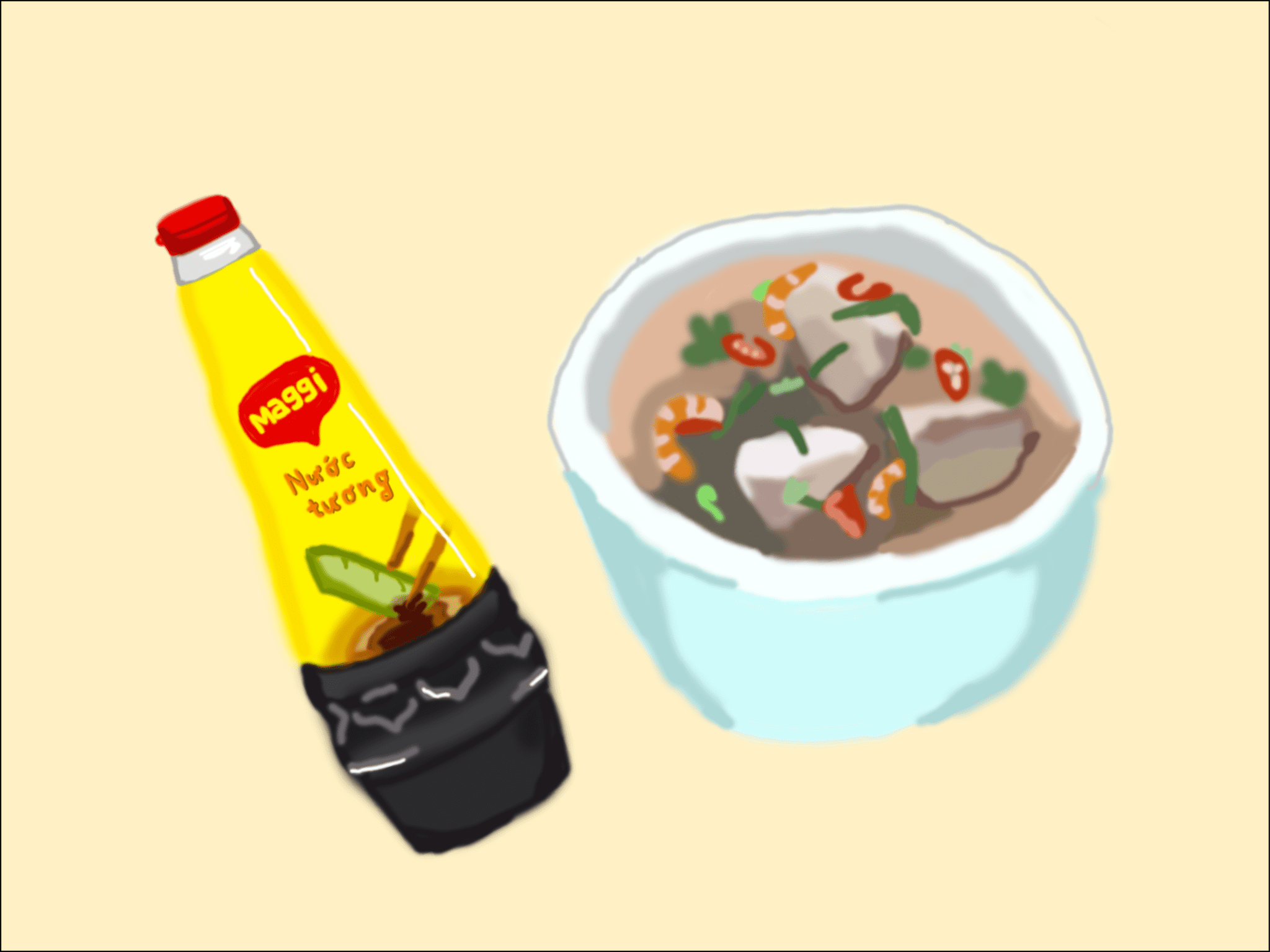The Cantonese-Vietnamese pantry in my family’s kitchen is packed with ingredients brimming with umami. From preserved condiments such as shrimp paste (or mắm tôm) to salt-cured lemons, each of these ingredients can elevate what is seemingly banal to a masterpiece. Think a refreshing glass of zesty, preserved iced lemonade, or a powerful punch of shrimp paste to heighten the senses in a bowl of hủ tiếu (beef vermicelli).
Two that stand out are fermented tofu and soy sauce for the memories and significance they represent in our family.
Noted for its pungency is the fermented tofu, otherwise known as tàu hủ chao (preserved bean curds). Preserved in their own brine, these square cubes carry a potent, albeit pungent aroma and are primed to pack a punch in any savoury dish.
Growing up, I detested these cubes. However, I was swiftly converted when I learned how to prepare them.
At home, there was always a jar of preserved tofu in our cupboard. Chao comes in a few varieties, one in which a dark scarlet hue develops through the use of red yeast culture. This is the kind of fermented tofu that my grandma would rely on to make braising liquid for pork, goat stews, or a hearty taro hotpot. For those with a penchant for spicy flavours, chao also comes in versions where chilli flakes are added.
Similarly derived from soybeans or peanuts, soy sauce deserves its own mention. Though hundreds of variations exist, my favourite remains Maggi-esque — soy-based and sharp with a lingering aftertaste. Being at the crossroads of cultures, I freely alternate between the liquid form and its oily cousin frequently used in Chinese cuisine. Together with a garnish of preserved shrimps, the former can transform plain congee into a masterpiece. In contrast, the latter is a powerful addition that elevates silent broths into a colourful medley.
Of course, my family’s (and by extension, my) preference for these two most mundane of condiments speaks volumes to our history. Having emigrated from then-North Vietnam in 1954, my grandparents belong to the Bắc 54 generation. As such, we’ve developed firmly Northern tastebuds. This, combined with my dad’s Cantonese roots, brings with it a bias towards soy sauce rather than fish sauce. Within these condiments lies the intersection where the North’s gentle conservatism and Guangzhou’s loud exuberance collides.
Whenever I pass by a jar of chao in Marrickville or a golden bottle of Maggi’s soy sauce they conjure fond memories of helping prepare the soy marinade for a serving of Hainanese Chicken. Then, passing the fruits of our collective labour to one another, we would partake in the day’s gossip akin to the piquant flavours that chao and nước tương endow and finish our boisterous family dinners.
Although fermented foods such as chao may seem mundane, they represent the lovingly chaotic microcosm that is my family’s cupboard. Being two years since I last set foot in Saigon, preparing a piping hot taro stew with chao to share with friends takes me back to the exuberant daily rituals that characterise my Viet and Cantonese existence.





